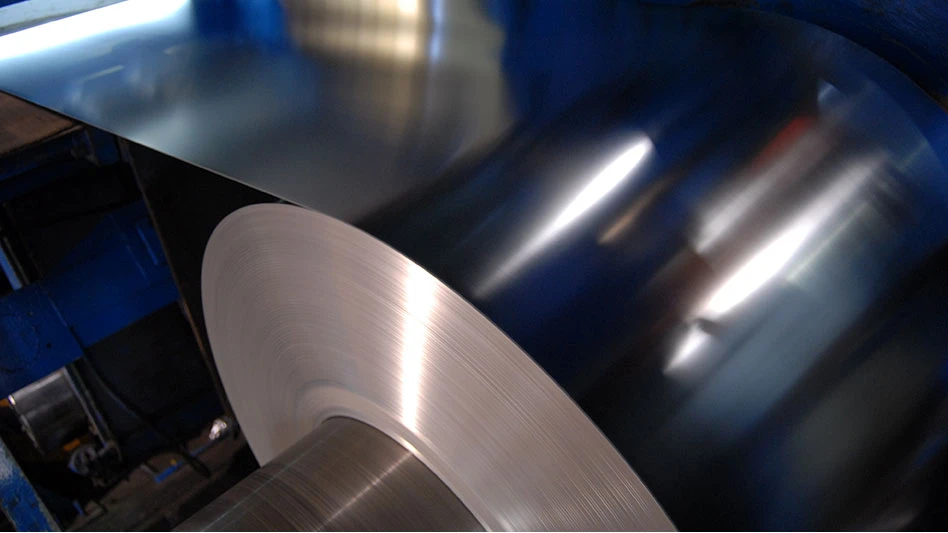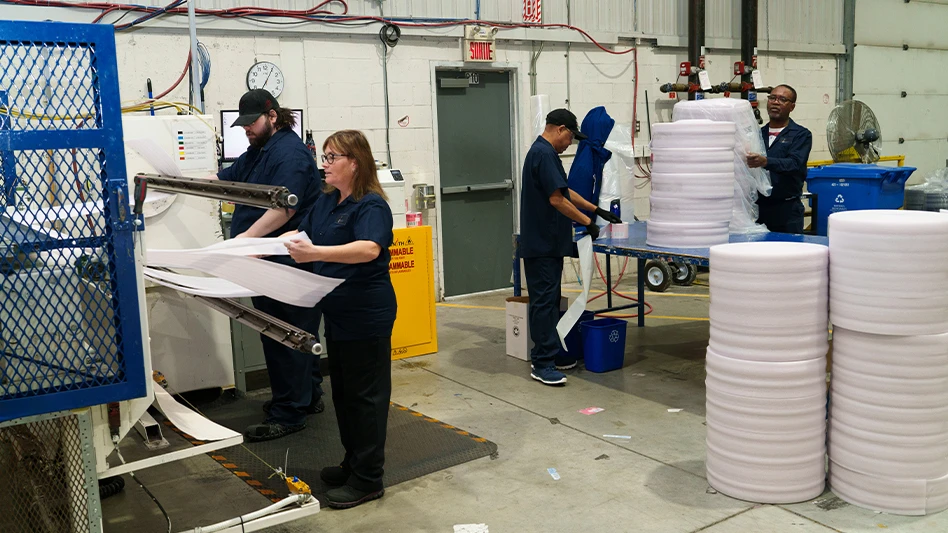The U.S. Environmental Protection Agency (EPA), in conjunction with the U.S. Department of Agriculture (USDA) and the Ohio State University (OSU) have released a risk assessment concluding that silica-based spent foundry sands from iron, steel and aluminum foundries, when used in certain soil-related applications, are protective of human health and the environment and yield environmental benefits.
“There is potential for substantial growth in the recycling of silica-based spent foundry sands,” says Mathy Stanislaus, assistant administrator for EPA’s Office of Solid Waste and Emergency Response. “Our risk assessment concludes that the evaluated reuses are environmentally appropriate. Advancing the environmentally sound, beneficial use of industrial materials, such as spent foundry sands, provides substantial opportunities for addressing climate change and air quality, enhancing state, tribal and local partnerships, reducing costs, and working toward a sustainable future.”
Based on the assessment, the EPA and the USDA are coming out in support of the beneficial use of silica-based spent foundry sands in manufactured soils, soilless potting media and as a foundation layer in road construction.
The EPA’s risk assessment of the evaluated uses concluded that they are environmentally appropriate because the constituent concentrations in the sands are below the agency’s health and environmental benchmarks.
The EPA says it estimates the environmental benefits from using silica-based spent foundry sands in the specific applications studied, at the current use rate, results in the following savings in one year:
“There is potential for substantial growth in the recycling of silica-based spent foundry sands,” says Mathy Stanislaus, assistant administrator for EPA’s Office of Solid Waste and Emergency Response. “Our risk assessment concludes that the evaluated reuses are environmentally appropriate. Advancing the environmentally sound, beneficial use of industrial materials, such as spent foundry sands, provides substantial opportunities for addressing climate change and air quality, enhancing state, tribal and local partnerships, reducing costs, and working toward a sustainable future.”
Based on the assessment, the EPA and the USDA are coming out in support of the beneficial use of silica-based spent foundry sands in manufactured soils, soilless potting media and as a foundation layer in road construction.
The EPA’s risk assessment of the evaluated uses concluded that they are environmentally appropriate because the constituent concentrations in the sands are below the agency’s health and environmental benchmarks.
The EPA says it estimates the environmental benefits from using silica-based spent foundry sands in the specific applications studied, at the current use rate, results in the following savings in one year:
- the energy savings equivalent to the annual electricity consumption of 800 homes;
- carbon dioxide emissions reductions equivalent to removing 840 cars from the road; and
- water savings of 7.8 million gallons.
Foundries purchase virgin sand to create metal casting molds and cores. The sand is reused numerous times within the foundry operation itself. However, over time the sands become unusable and are referred to as spent foundry sands, according to EPA. The spent foundry sands are then reused in a number of ways, including as an ingredient in potting soil and as a foundation layer in roadway construction.
The risk assessment results are specific to silica-based spent foundry sands from iron, steel and aluminum foundry operations.
Spent foundry sands from leaded and nonleaded brass and bronze foundries, and spent foundry sands containing olivine sand, are not included in this assessment.
The EPA encourages foundries and foundry sand recyclers to consult state regulations to ensure planned uses are consistent with state beneficial use and waste management programs, and that the chemical and physical properties of the sand meet applicable state environmental limits, engineering performance criteria, and other state requirements. This report provides states, tribes and other interested parties with key information to support their foundry sand beneficial use decisions, the groups say.
More information on the risk assessment is available at http://epa.gov/epawaste/conserve/imr/foundry/index.htm.
The risk assessment results are specific to silica-based spent foundry sands from iron, steel and aluminum foundry operations.
Spent foundry sands from leaded and nonleaded brass and bronze foundries, and spent foundry sands containing olivine sand, are not included in this assessment.
The EPA encourages foundries and foundry sand recyclers to consult state regulations to ensure planned uses are consistent with state beneficial use and waste management programs, and that the chemical and physical properties of the sand meet applicable state environmental limits, engineering performance criteria, and other state requirements. This report provides states, tribes and other interested parties with key information to support their foundry sand beneficial use decisions, the groups say.
More information on the risk assessment is available at http://epa.gov/epawaste/conserve/imr/foundry/index.htm.
Latest from Recycling Today
- Nucor names new president
- DOE rare earths funding is open to recyclers
- Design for Recycling Resolution introduced
- PetStar PET recycling plant expands
- Iron Bull addresses scrap handling needs with custom hoppers
- REgroup, CP Group to build advanced MRF in Nova Scotia
- Oregon county expands options for hard-to-recycling items
- Flexible plastic packaging initiative launches in Canada





